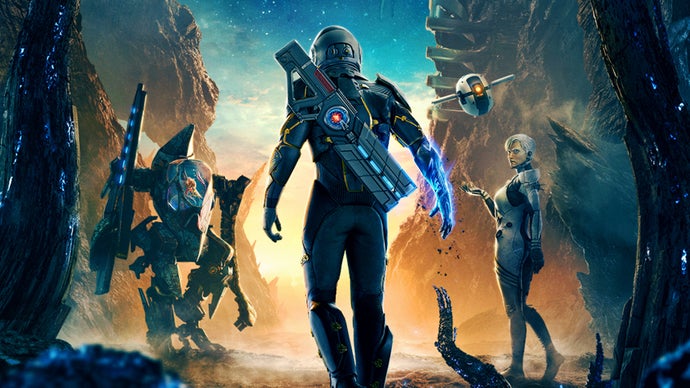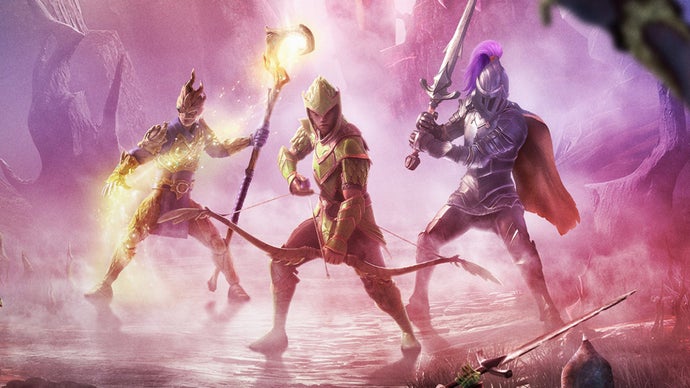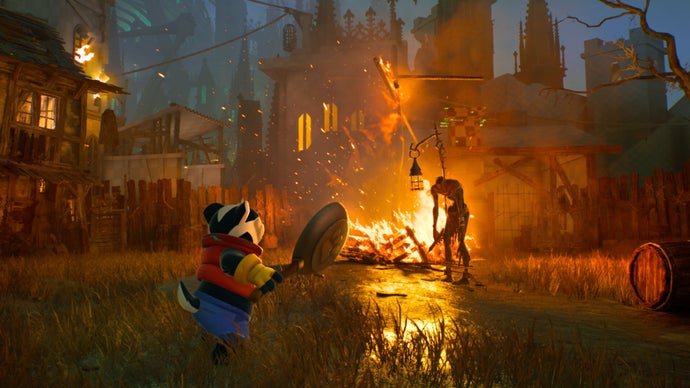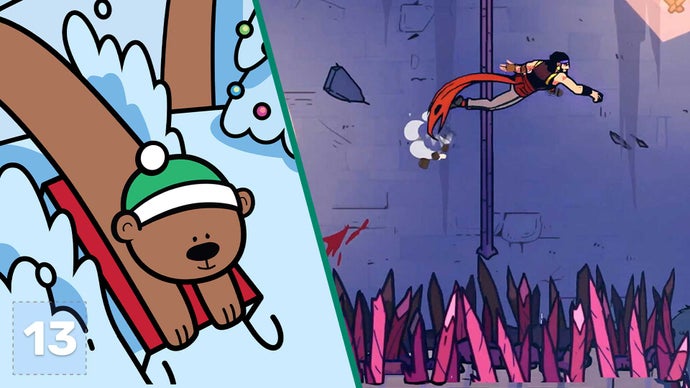
There is something that lies in the belly of Metamorphosis that makes me recoil. The surface level concept is easy enough to follow. It is a 2D pixel art horror where you play as a “forsaken nun” who “walks the long road to absolution.” The world you find yourself in in the game’s demo is overbearing, crushing. Initially you find yourself in the depths of a church, and even that is worth questioning – what church has depths? When you come across a device, and what on the offset looks like gothic horror a la Bloodborne becomes perplexingly technological.




